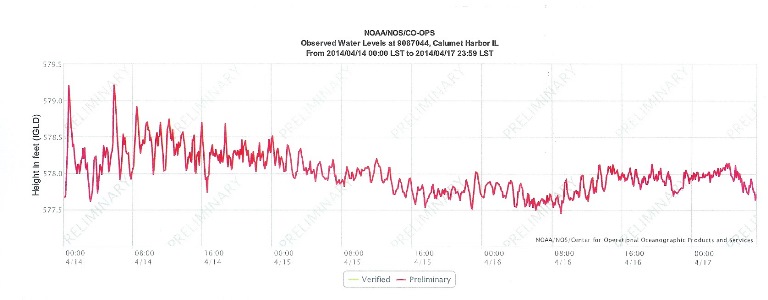Winnetka Park District: April 21, 2014
On April 19, 2014 the Winnetka Park District was awarded $119,000 from the Illinois Department of Natural Resources (IDNR) Illinois Coastal Grants Program. This is a matching fund grant to develop the Winnetka Park District Lakefront Master Plan. Governor Quinn made this announcement at a press conference at Oak Street Beach which was attended by the Winnetka Park District Executive Director, Robert Smith.
The District’s project was one of 26 initiatives selected based on enhanced environmental awareness, shore management and sustainability planning. “We are honored to be recognized and are excited to kick off this major planning process of one of our District’s most valuable natural resource”, said Executive Director, Robert Smith. “It is a positive step to look at all five of our lakefront properties collectively.”
The Winnetka Park District Board of Commissioners has engaged the services of The Lakota Group (Project Leader/Landscape Architects), Gewalt Hamilton Associates (Civil Engineering), Shabica & Associates (Bluff Restoration and Coastal Engineering), Baird & Associates (Coastal Engineering) and OKW Architects (Recreation Architect/Facility Assessments) working as one unique team to assist our agency with a Lakefront Master Plan. This plan will encompass a community engagement process for the long-term viability of this natural resource. Focused attention will be placed on infrastructure, traffic, parking, bluff restoration, coastal/environmental issues, preservation and enhancement of native shoreline habits, facility usage and programming needs. As a part of this process, we have also incorporated the opportunity to help address sustainability issues with our lakefront residential property neighbors.
Over the next couple of months opportunities for public involvement will unfold. The Winnetka Park District will utilize numerous communication channels to keep the public informed and engaged. The best source for updated information is the District’s website page dedicated to the Lakefront Master Plan.
